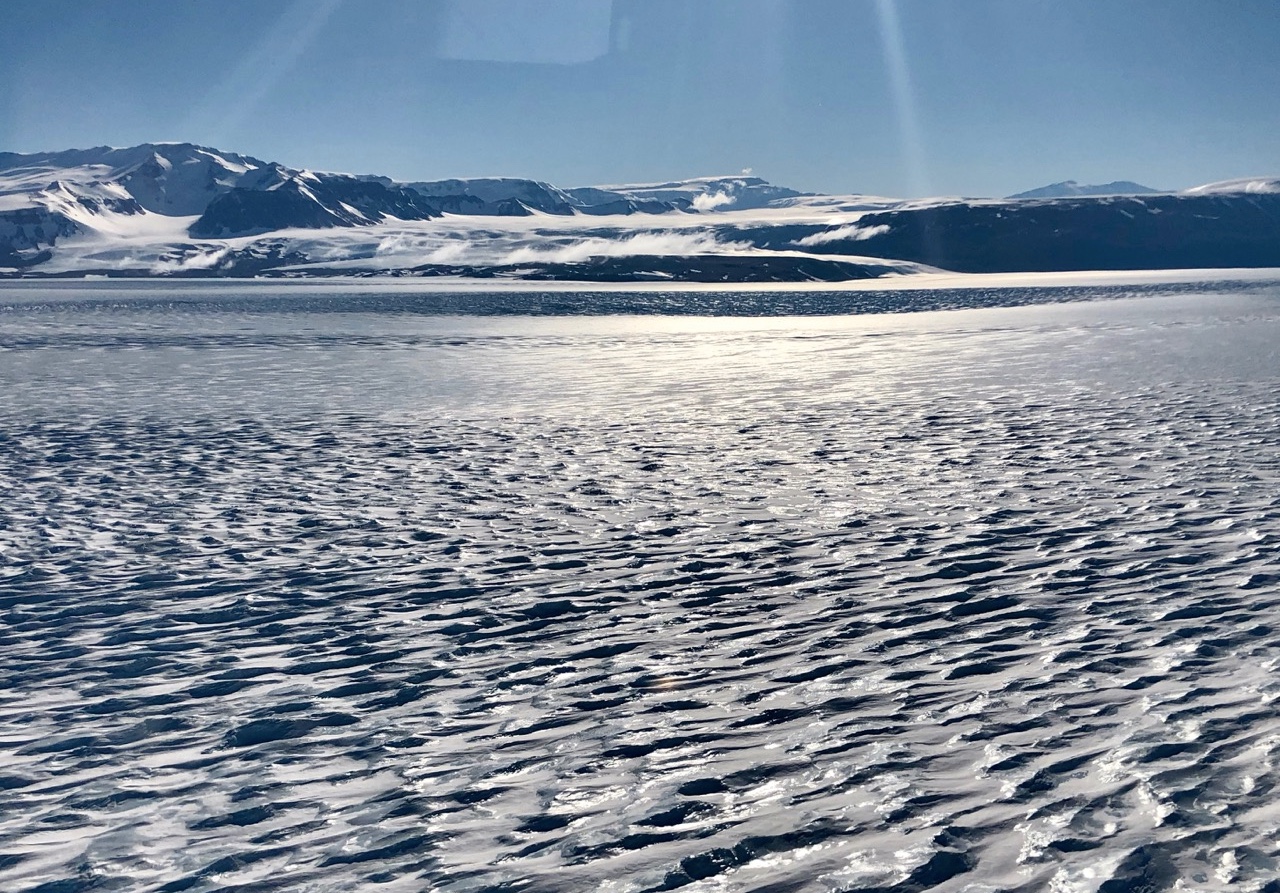There's Something Hot Hidden Under East Antarctica

There's something hot hidden under East Antarctica, and scientists aren't sure precisely what it is — though they have a pretty good guess.
East Antarctica is a craton, a big continent-size chunk of Earth's crust. It's solid, and thick. It's not supposed to let heat through from inside the Earth. (That makes it different from the thinner crust of West Antarctica, where magma is, in some places, quite close to the surface.)
That craton means that East Antarctica shouldn't have much melted water at the bottom of its ice sheet. And yet, as researchers revealed in a paper published Nov. 14 in the journal Scientific Reports, there is an unusually high amount of melted water down there. This melt isn't related to climate change, which causes intense melting at the fringes of the continent; it's an old, and separate, warm spot in the ice, insulated and kept far away from the atmosphere. Scientists were able to detect it thanks to a survey using specialized, ice-penetrating radar. [Antarctica: The Ice-Covered Bottom of the World (Photos)]
It's not entirely clear what causes the warmth down there. The craton should protect the ice from the Earth's inner heat. But the research team offered an educated guess: hydrothermal energy. A fault in the crust down there might be full of water, pulsing up and down between the warm depths of the Earth and the bottom of the ice. It provides a conduit for heat to escape and triggers melting.
This hidden heat source is of course interesting, in its own right, but the researchers wrote that it's especially important because it might influence data used to understand the planet's deep past.
"This is an area of particular interest," they wrote in the paper, "as models suggest it [East Antarctica] may contain some of the planet's oldest ice, preserving records of important climatic transitions."
Researchers take core samples of that old ice and use them to understand how the planet's atmosphere has changed over time. Each layer of ice functions as a sort of record of the planet's air from the period when it formed. Understanding the circumstances under which that ice sat over the millennia since can help researchers improve their understanding of that data.
Sign up for the Live Science daily newsletter now
Get the world’s most fascinating discoveries delivered straight to your inbox.
- Images of Melt: Earth's Vanishing Ice
- In Photos: Research Vessel Headed to 'Hidden' Antarctic Ecosystem
- See Photos of the World's Weirdest Geologic Formations
Originally published on Live Science.










